Pet travel to Great Britain (England, Scotland, and Wales) has never been simple. For one, in-cabin pet travel into these countries is strictly prohibited. This policy has been an inconvenience for us (Mike and Steph) and many DJANGO Dog Blog readers, and we cover how to successfully travel to England and the greater United Kingdom with a dog or cat in this article.
Aside from the complicated process of getting to Great Britain (GB) with a pet, travel planning became even more confusing when Brexit rules governing the new relationship between the European Union (EU) and GB commenced January 2021.
Are you looking to travel to England, Scotland, or Wales with your dog or cat? Do you need to better understand the pet travel policies, documentation requirements, and other pre-travel requisites? If yes, you've come to the right place! In this DJANGO Dog Blog article, we cover how to take your pet to England, Scotland, and Wales in a post-Brexit world.
TRAVELING TO THE UNITED KINGDOM WITH A PET DOG OR CAT
No airlines offer in-cabin pet travel to the United Kingdom (England, Scotland, Wales, and Northern Ireland) from the United States or any other country. Unless you have a service animal—and keep in mind the U.S. Department of Transportation's definition of an Emotional Support Animal recently changed drastically—it is impossible to fly together in the cabin with your pet. The only time pets can fly in-cabin to England, Scotland or Wales is if you are flying from UK countries, the Channel Islands, the Isle of Man, or the Republic of Ireland.
How then can you travel safely to the United Kingdom with a dog or cat? Pet entry must be via airline cargo (on an authorized airline into UK airports), an approved ferry company, or Eurotunnel Shuttle Service. We provide a comprehensive overview of all of these pet travel options in this article.
Important clarification on Northern Ireland
Northern Ireland is a part of the United Kingdom. However, unlike England, Scotland and Wales, Northern Ireland is remaining under the jurisdiction of the Pet Travel Scheme as other EU Member States after January 1, 2021. For this reason, the below "Great Britain Pet Travel Requirements" specifically cover pet travel to England, Scotland and Wales (i.e. the countries within Great Britain), and do not cover pet travel to Northern Ireland.
GREAT BRITAIN PET TRAVEL REQUIREMENTS
Once you have confirmed how you will be entering Great Britain with your pet, you will need to ensure you have completed all mandated pet travel prerequisites. To make your travel planning easier, we've outlined everything you need to do before your trip.
Before entering Great Britain, all pets must be:
- Microchipped. If your dog or cat isn't microchipped, he or she needs to be. Every pet entering England, Scotland, and Wales must be implanted with a 15 digit ISO compliant microchip.
- Vaccinated against rabies. Dogs and cats must be vaccinated for rabies after microchip implantation. Additionally, pets must be at least 12 weeks old before vaccination an occur for the purposes of pet travel. If your pet was already vaccinated but not microchipped (like our dachshund Django was before our trip abroad), you need to get your pet both microchipped and re-vaccinated. Re-vaccination can occur on the same day as microchipping. There is a 21 day waiting period after vaccination occurs before the pet is eligible to enter GB.
- Administered tapeworm treatment. Dogs traveling from countries not free of tapeworm—the United States is one of them—must be treated for tapeworm (Echinococcus multilocularis) between 24 and 120 hours before entering Great Britain. Your Accredited Veterinarian must document the date and time of the tapeworm treatment on your dog's EU Pet Passport or official third country veterinary health certificate (more on documentation below).
- Is a rabies blood test required? A rabies blood test is not required for pets entering the UK from listed non-EU countries. The United States, Canada, and Mexico, among others, are all listed countries.
Additional details about tapeworm treatment:
Tapeworm treatment can occur before or after endorsement of your health certificate. If tapeworm treatment is administered after your health certificate is endorsed, make sure to leave the tapeworm treatment section blank when you send your certificate for endorsement. Once you receive the endorsed health certificate, take it back to your veterinarian within 1-5 days of entry into the UK. The vet will administer your dog’s tapeworm (Echinococcus multilocularis) treatment and fill in the tapeworm section on the certificate.
Required pet travel documents
When traveling to Great Britain, you must have one of the following pet travel documents:
- A valid EU Pet Passport issued in the European Union (or Great Britain if the issue date was before January 1, 2021). This is great news for dog owners like Mike and me that obtained an EU Pet Passport prior to 2021. Despite Brexit, these documents are being honored by Great Britain indefinitely.
- A third country official veterinary certificate. If you do not have an EU Pet Passport, you will need to have an accredited veterinarian fill out a Great Britain Pet Health Certificate and then get it endorsed. If you are in the Untied States, endorsement must be done by the APHIS. This certificate is valid for entry into Great Britain for 10 days from the date of endorsement and remains valid for a total of four months from the date of issue for further movement into other EU member states.
Additional documentation requirements:
- Pet owners traveling from outside the EU must complete a non-commercial pet travel declaration (Annex IV Part 3 Section A) confirming they will not sell or transfer ownership of their pet upon entering Great Britain.
- In addition to the official veterinary certificate, a certified copy (signed and stamped by the veterinarian) of the following documents are required: (1) Identification of the animal (microchip certificate or letter from vet confirming microchip details), and (2) Vaccination record, i.e. rabies vaccination certificate. These documents must be attached to the certificate.
We hope you found this article informative and useful! If you have any questions or want to share a pet travel experience with us and our DJANGO Dog Blog readers, please don't hesitate to leave a comment below.

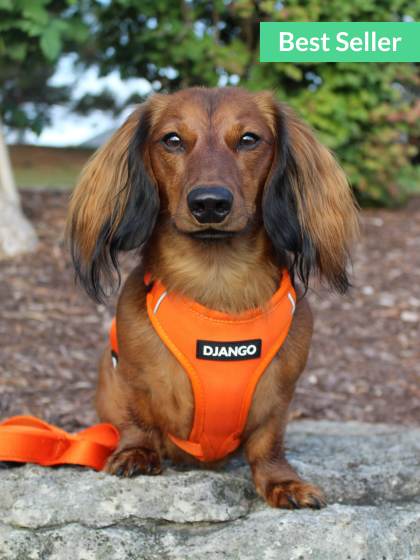
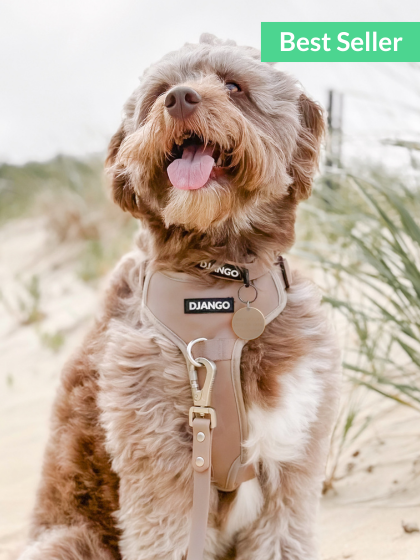
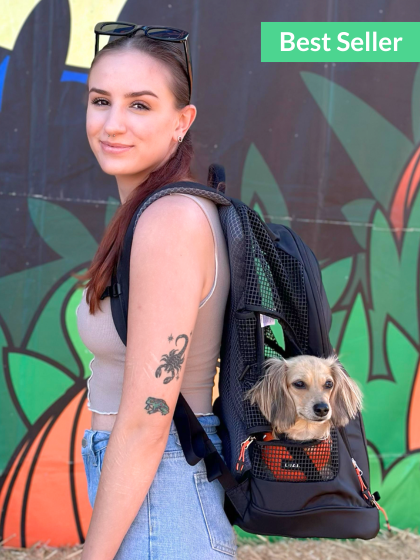
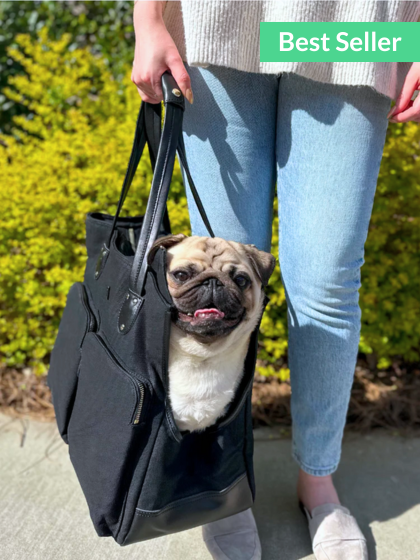
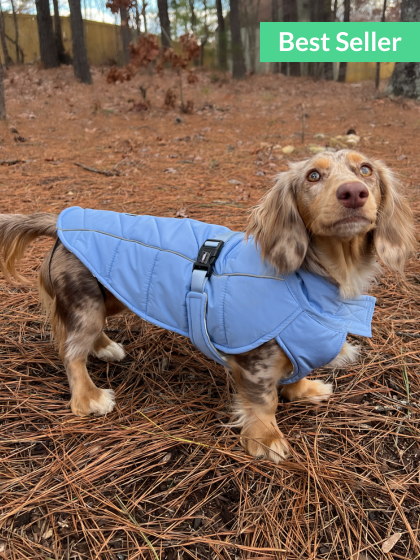
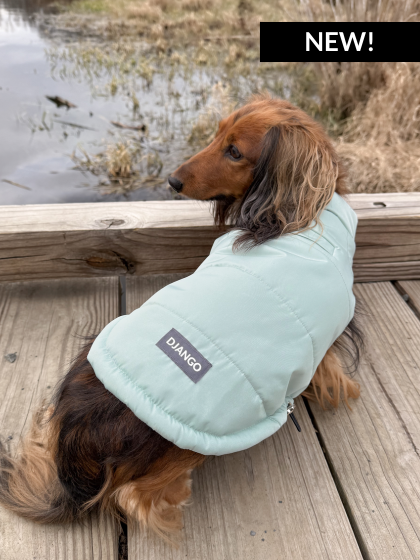
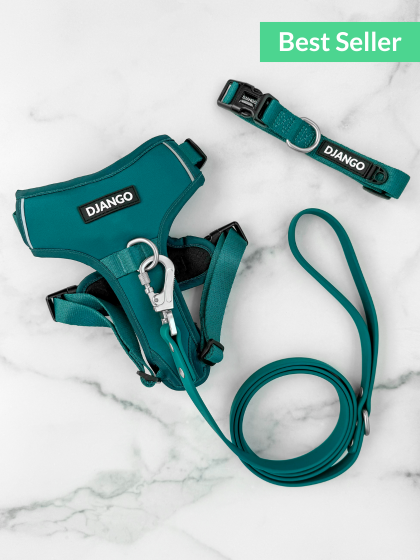
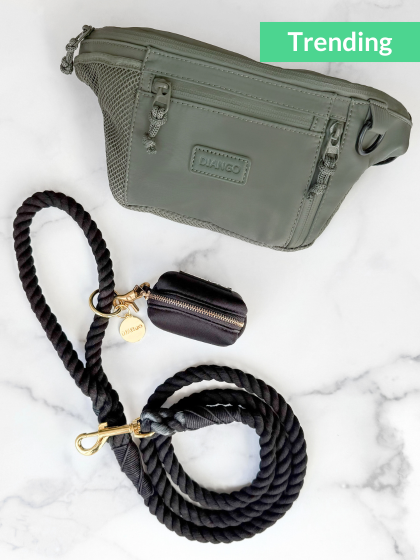
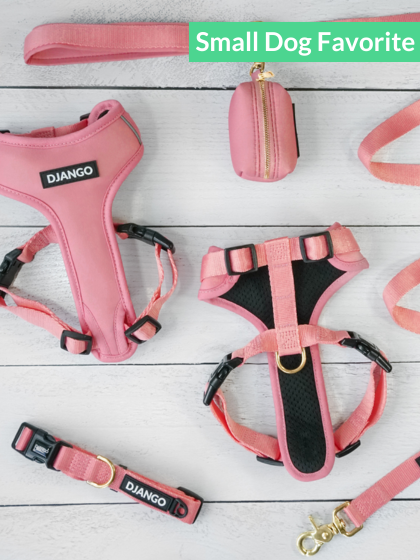

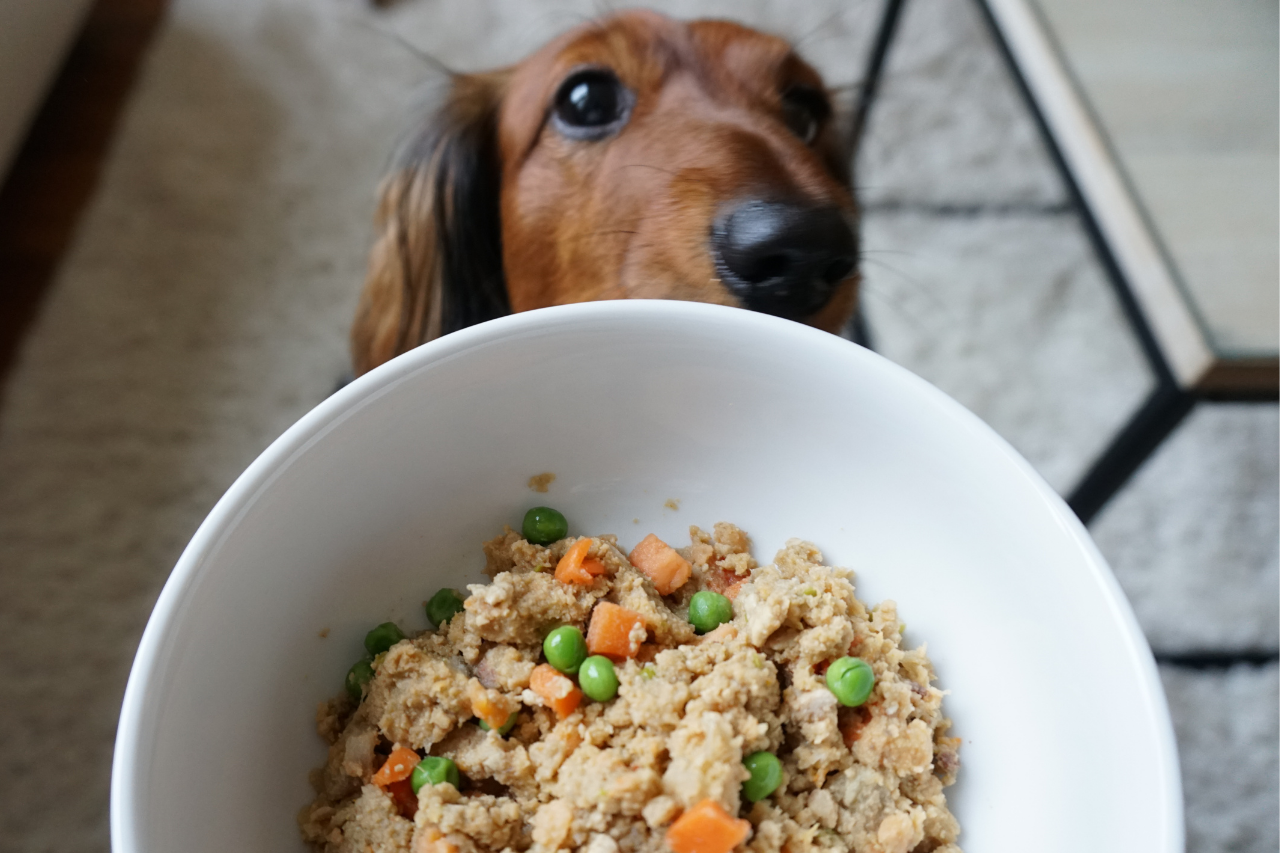
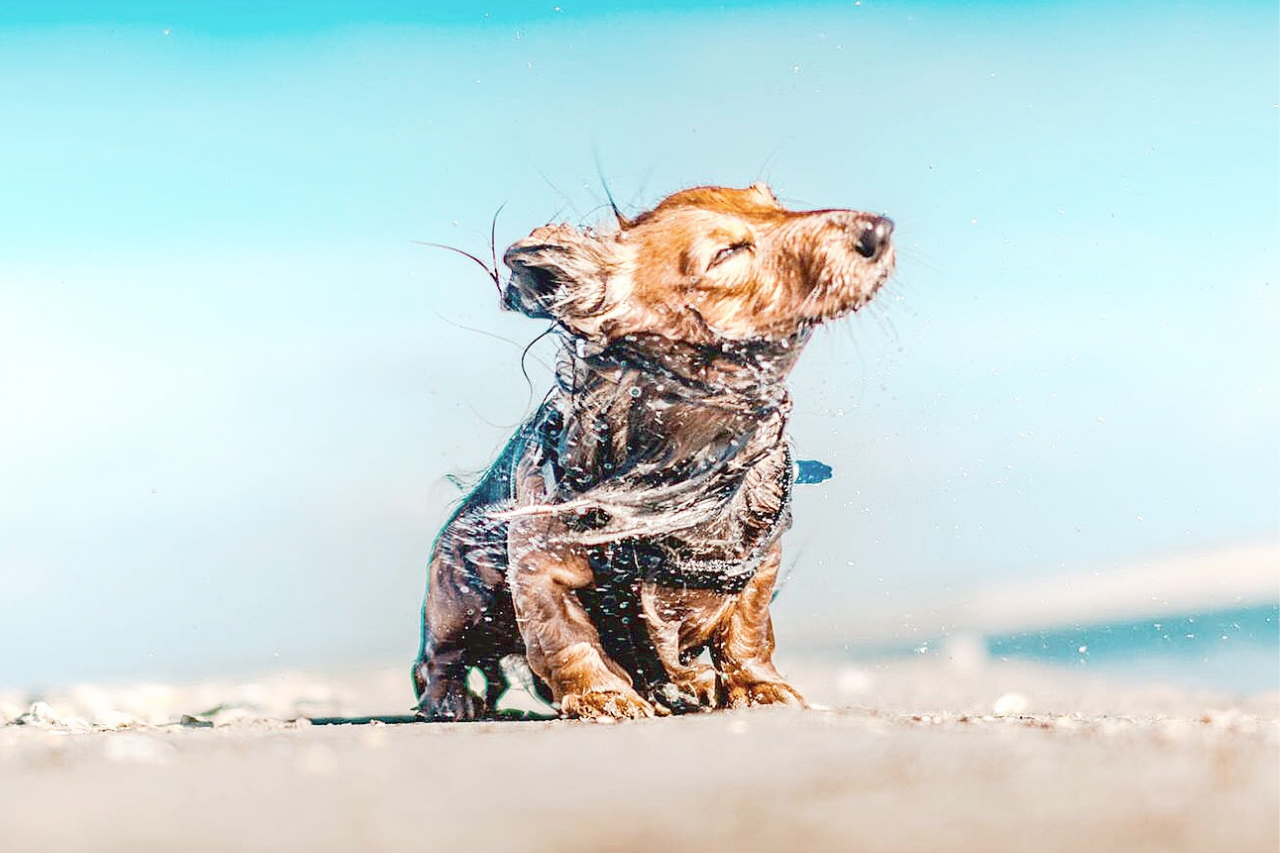
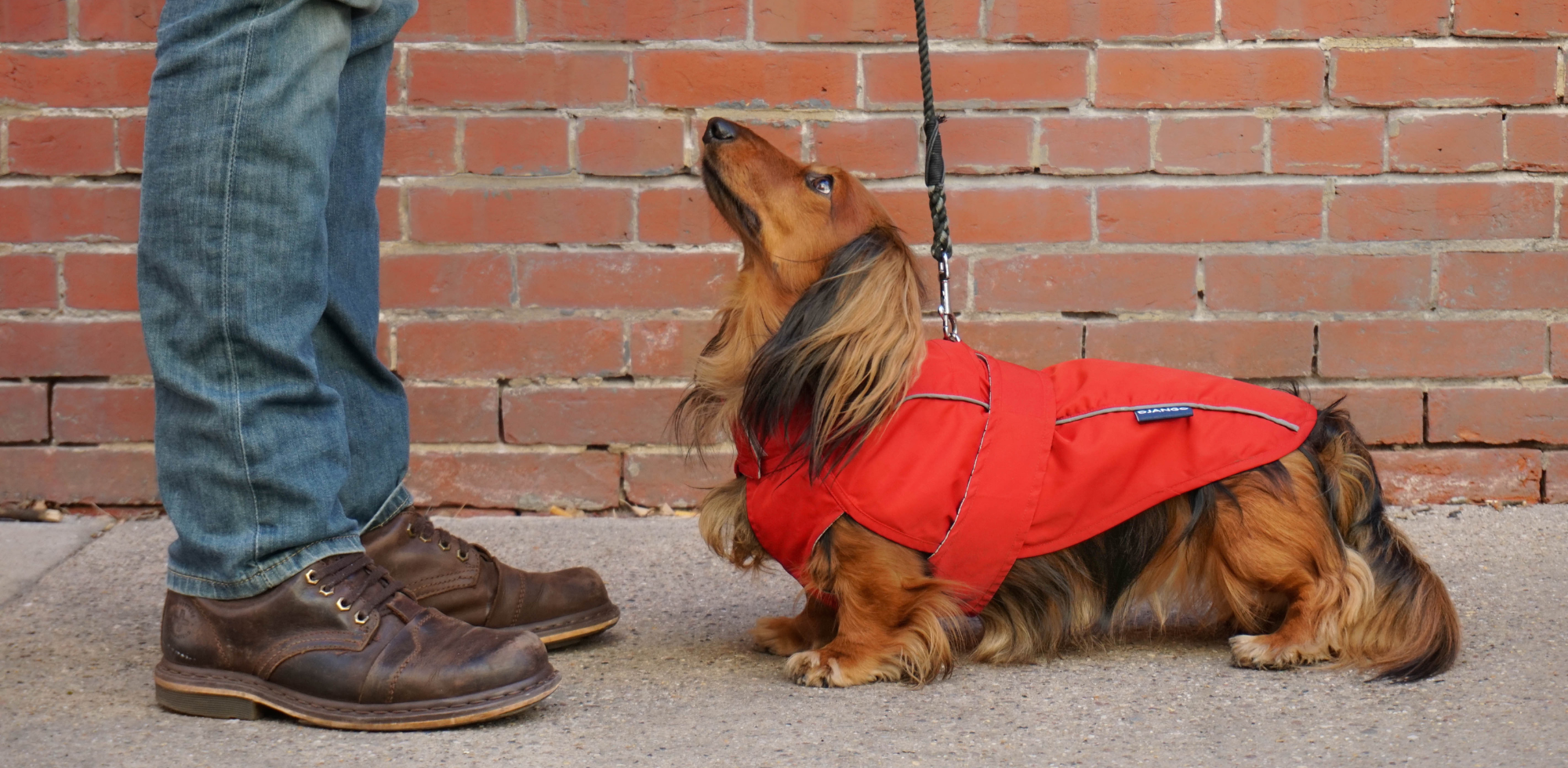
4 comments
Diane linder
We are planning a 27 day trip in the uk and Ireland for the fall of 2025. We want to bring our 3lb yorkie with us. Since we are going to both Great Britain and Northern Ireland and ireland. I am confused on what we need to make sure she is allowed in and is safe. Can you please help?
We are planning a 27 day trip in the uk and Ireland for the fall of 2025. We want to bring our 3lb yorkie with us. Since we are going to both Great Britain and Northern Ireland and ireland. I am confused on what we need to make sure she is allowed in and is safe. Can you please help?
DJANGO
Adding one important detail to our comment from August 16, 2021 (below).
UK Vets may no longer enter rabies vaccinations into EU Pet Passports. All rabies vaccination updates in a pet passport must be done by an official EU veterinarian.
Adding one important detail to our comment from August 16, 2021 (below).
UK Vets may no longer enter rabies vaccinations into EU Pet Passports. All rabies vaccination updates in a pet passport must be done by an official EU veterinarian.
DJANGO
@HELENA BHAKTA Hello! It’s nice to hear from you. If you were issued an EU pet passport from an official veterinarian in Ireland back in 2015, then yes, this should still be valid for EU and GB travel so long as all vaccinations and treatments are up-to-date and documented. Great Britain confirmed it will indefinitely accept all EU pet passports issued before 2021.
Let us know if you have any other questions! You can also always email the Heathrow Animal Reception Centre directly at harc@cityoflondon.gov.uk. They are usually very responsive.
Although this doesn’t apply to you – I’d like to make this clarification for other readers…
For those with GB passports, these are now no longer valid for travel to EU countries or Northern Ireland.
@HELENA BHAKTA Hello! It’s nice to hear from you. If you were issued an EU pet passport from an official veterinarian in Ireland back in 2015, then yes, this should still be valid for EU and GB travel so long as all vaccinations and treatments are up-to-date and documented. Great Britain confirmed it will indefinitely accept all EU pet passports issued before 2021.
Let us know if you have any other questions! You can also always email the Heathrow Animal Reception Centre directly at harc@cityoflondon.gov.uk. They are usually very responsive.
Although this doesn’t apply to you – I’d like to make this clarification for other readers…
For those with GB passports, these are now no longer valid for travel to EU countries or Northern Ireland.
Helena Bhakta
I’m GB resident with Spanish holiday home. My dog trust rescue dog Mo has a Southern Ireland issued pet passport in 2015. His rabies is up to date. Do you think it’s still valid, I’m somewhat confused on reading Defra & europaac
I’m GB resident with Spanish holiday home. My dog trust rescue dog Mo has a Southern Ireland issued pet passport in 2015. His rabies is up to date. Do you think it’s still valid, I’m somewhat confused on reading Defra & europaac